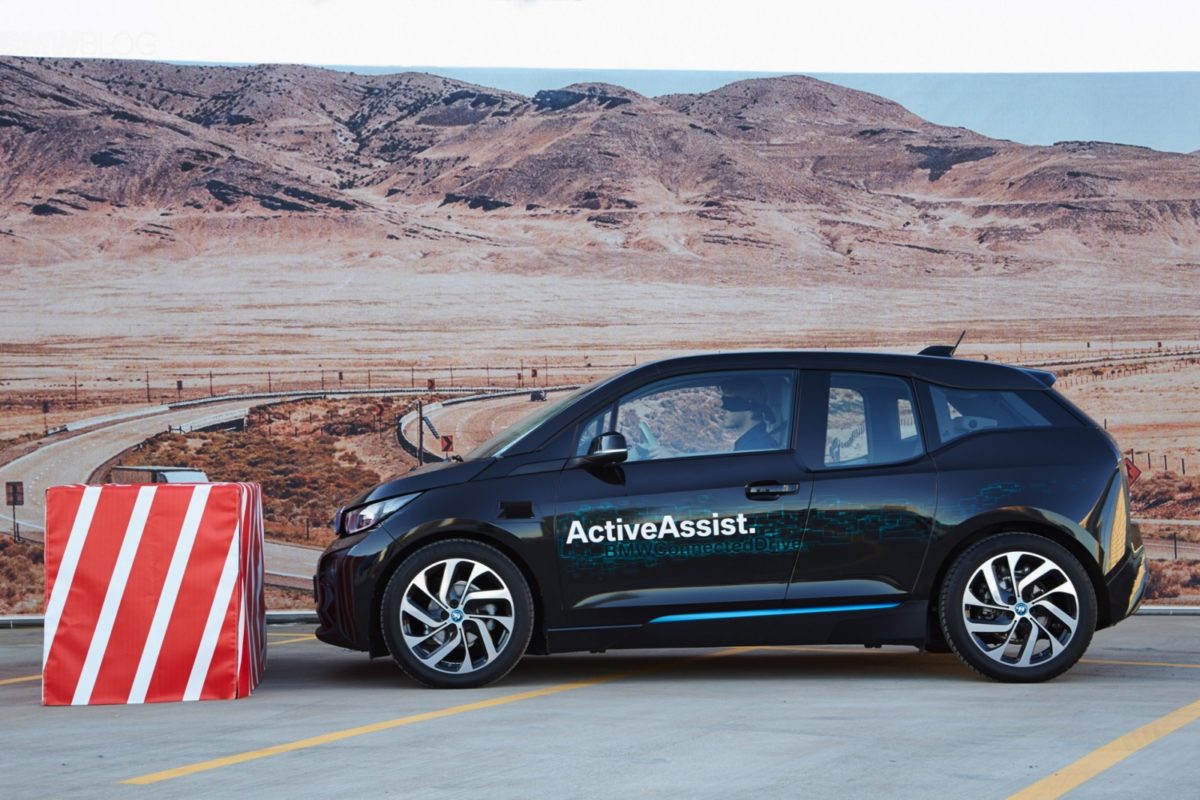Four accident avoidance technology systems in modern cars


These days, cars are equipped with a plethora of passive safety features. Front, side, and curtain airbags all help to prevent serious injuries. With the development of passive safety features, vehicle safety has increased steadily over the past decades.
In addition to the systems, which mitigate the consequences of an accident, active systems for the prevention of accidents and the mitigation of their consequences have become increasingly important. After all, the best way to protect against injuries is to avoid accidents in the first place!
In the last few years, auto manufacturers have been introducing a whole host of Collision Mitigation technologies to help drivers stay out of crashes, and subsequently out of the hospital.
Let’s take a look at four of these systems.
1. Anti-lock Braking System (ABS)
ABS has been around for over three decades now. Originally implemented on airplanes to prevent them from skidding on the runway during landing, the modern car-based equivalent was first introduced in the 1970’s by Mercedes-Benz.
ABS may not seem like the latest technology nowadays as it is standard equipment on even non-luxury compact cars. However, being able to brake hard and steer around an obstacle is something most people take for granted.
ABS has also undergone refinements with better sensors and computer algorithms that adjust for changing road (or off-road) conditions.
2. Adaptive Front Lighting
If you can’t see it, you can’t avoid it!
Adaptive front lighting is a generic term for headlamps that respond to driver steering. They’re usually fitted to cars with Xenon or LED headlamps and uses sensors to measure vehicle speed and steering angle.
Small electric motors turn the headlights accordingly to facilitate vision around a curve at night. The faster you go around a corner, the quicker they turn to literally allow you to see around corners.
3. Blind spot monitoring
Think of a blindspot monitoring system (aka side view assist) as your guardian angel that watches the sides of your car for you.
Most systems use two radar sensors, one in each corner of the rear bumper to scan a few metres behind and to the side of the vehicle. These areas are commonly known as the driver’s blind spots.
If a vehicle is detected in these areas, a warning light on the mirror or A-pillar is illuminated. If the driver activates a turn signal in the direction a vehicle has been detected, the warning light will flash and on some vehicles a warning tone will sound.
BMW’s blindspot warning systems will actually vibrate the steering wheel in order to get the driver’s attention!
4. Collision Mitigation Braking
Many cars, particularly in the luxury segment, are available with some sort of collision mitigation braking system.
This is a forward collision warning system that includes some or even full autonomous emergency braking to reduce the chance of a collision.
The system is usually an enhancement of an Adaptive Cruise Control system, which uses a radar sensor behind the front grille to maintain a particular speed and distance interval from traffic ahead, both of which are set by the driver.
With collision mitigation, the system will also provide visual and auditory warnings when speed and distance indicates risk of a crash with the leading car. If the driver does not respond by reducing speed, the system will tug at the seat belt, vibrate the steering wheel, or use other means in order to get the driver’s attention and begin braking to mitigate — but probably not prevent — the crash.
BMW’s Active Driving Assistant brings the latest safety technologies to drivers with their Frontal Collision Warning, City Collision Mitigation and Pedestrian Warning.
Frontal Collision Warning prevents collisions by warning the driver when approaching a vehicle ahead too quickly. The driver is alerted by an optical warning and an additional alarm. In addition, City Collision Mitigation helps prevents collisions by priming the brake system to reduce stopping distance. Pedestrian Warning has the same functionality but specifically prevents pedestrian collisions.
Infiniti also has a system that uses rear sonar sensors and rear facing radar to prevent collision with crossing objects (such as a wall, a child, or another vehicle). Here’s what their Backup Collision Intervention system looks like in practice!

